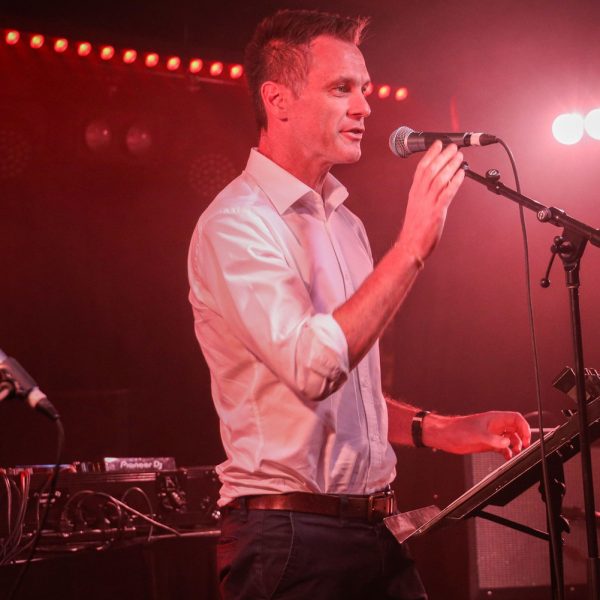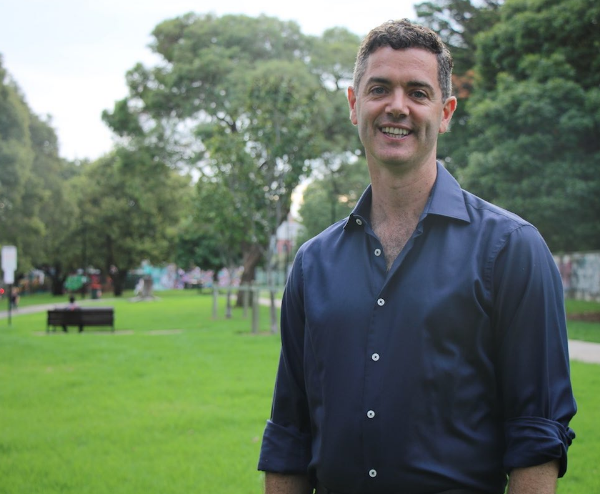One Year After Election, Minns’ NSW Gov’t Heralds ‘Live Music Revival’

After a decade staring into the abyss, New South Wales’ live music circuit has been jolted back to life, according to freshly-published government data.
A year into the Minns government’s reign, Labor is claiming a win for live music, with the number of venues hosting live performances lifting by 84%.
The report is published as national and state-wide news titles crunch the numbers behind the Minns government’s first 12 months in power, including election promises kept, and broken.
For the music community, which did so much to pave the way for a change of government through the #VoteMusic campaign, Labor has a specific set of data relating to the “live music revival.”
Since March 2023, 112 clubs, pubs and other venues that host live music have “joined the list” of establishments that qualify for two hours extended trading in return for staging live music and backing local musicians, reads a statement.
Currently, 245 licensed venues across the state are claiming live music incentives from Liquor & Gaming NSW, including those in the Enmore Special Entertainment Precinct.
Under the former Liberal government, which oversaw a period of lockouts, clampdowns on drinking and entertainment in central Sydney and with music festivals across the state, and, of course, pandemic-related lockdowns, NSW lost more than half its music venues with just 133 registered across the state in March 2023.
Meanwhile, 40 venues across regional NSW have participated in extended hours for live music, reads the report from Minns’ office, issued today (March 26).
“We made a promise to the people of NSW to double the number of live music venues across the state within four years, and that is what we are delivering,” comments state premier Chris Minns.

Red-tape slashing “vibrancy” reforms, ushered in last November, “will give pubs, clubs and other live music venues the confidence they need to hire staff, trade later and host performances, providing an economic boost for hundreds of venues across regional and metro areas,” he continues.
“The take up of these extended trading incentives, coupled with lifting the concert cap and making it easier to get outdoor dining will create jobs and get the Sydney night-time economy going again.”
At a national level, the dwindling network of live music venues is cause for alarm.
Since the start of the pandemic in early 2020, OneMusic, the APRA AMCOS and PPCA joint music licensing initiative, registered a loss of more than 1,300 live music venues and stages across Australia, according to a report issued last October, meaning one-third fewer medium to smaller licensed premises where artists can perform.

John Graham
The cost-of-living crisis, mounting insurance premiums and many other issues remain a thorn in the side of venue operators.
For NSW’s live music scene, stuck in the doldrums the best-part of a decade, better days are ahead, according to minister for music and the night-time economy John Graham.
“Under the former government we nearly saw the day the music died in NSW. We knew we had to change the rules to resuscitate the live music scene and it is pleasing to see the industry has responded immediately,” he says.
“In 2024 we are seeing more shows, more jobs for musicians and creatives and more work in the hospitality sector due to extended trading. We are bringing to a stop the great NSW sport of moving in next door to a venue and then launching a campaign to close it over noise.”
Adds Emily Collins, head of Sound NSW: “It’s great to see such a positive reception from regional venues keen to reap the benefits of the Vibrancy Reforms.” By creating an environment for venues to “throw open their doors to live music, we’re also supporting the ongoing growth of our state’s night-time economy,” she continues, “and I look forward to working across the regions to bring more opportunities to life.”






























